



|
 |
 |
Пејсажен урбанизам |
|
Post Reply 
|
Page <1234 8> |
| Author | ||
lslcrew 
Senior Member 
Joined: 14-Jan-2008 Location: Skopje Online Status: Offline Posts: 10988 |
 Quote Quote  Reply
#21 Posted: 02-Feb-2009 at 03:00 Reply
#21 Posted: 02-Feb-2009 at 03:00 |
|
|
Интересна работа е ова со фото плочки. Уште ако имаш фирма за слика по нарачка.... ќе има многу луќе занесени што би си отпечатиле портрет на плочките дома! Бизнис бомбона!
|
||
 |
||
beTon 
Senior Member 
Joined: 25-Jun-2008 Online Status: Offline Posts: 3893 |
 Quote Quote  Reply
#22 Posted: 03-Feb-2009 at 14:28 Reply
#22 Posted: 03-Feb-2009 at 14:28 |
|
 |
||
beTon 
Senior Member 
Joined: 25-Jun-2008 Online Status: Offline Posts: 3893 |
 Quote Quote  Reply
#23 Posted: 03-Feb-2009 at 14:31 Reply
#23 Posted: 03-Feb-2009 at 14:31 |
|
|
ова можеби е за во ПА сепак заради континуитет со погоре постираните слики од инсталациите на Ackroyd & Harvey пост #5, нека оди тука инфото за фото тревниците 
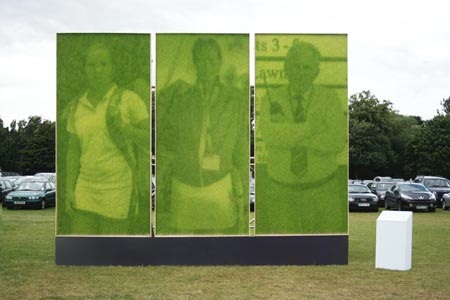




printeresting.org/2008/07/08/chlorophyll-power/ [1][2][3][4][5] https://www.mikeware.co.uk/downloads/Argyronomicon.pdf[1] Edited by beTon - 14-Nov-2024 at 22:11 |
||
 |
||
beTon 
Senior Member 
Joined: 25-Jun-2008 Online Status: Offline Posts: 3893 |
 Quote Quote  Reply
#24 Posted: 03-Feb-2009 at 14:34 Reply
#24 Posted: 03-Feb-2009 at 14:34 |
|
Edited by beTon - 03-Feb-2009 at 14:35 |
||
 |
||
beTon 
Senior Member 
Joined: 25-Jun-2008 Online Status: Offline Posts: 3893 |
 Quote Quote  Reply
#25 Posted: 03-Feb-2009 at 22:00 Reply
#25 Posted: 03-Feb-2009 at 22:00 |
|
 уште техникава да се примени во ваков целосно органолептички простор уште техникава да се примени во ваков целосно органолептички простор 
Ann Demeulemeester Shop in Seoul by Mass Studies - www.massstudies.com/projects/ann_pic.html https://www.dbz.de/artikel/dbz_Gartenskulptur_in_Buchsbaum_Vertikales_Gruen_in_staedtischer_Dichte-26671.html https://www.domusweb.it/en/news/2008/11/20/belgian-fashion-wears-green-in-seoul.html 
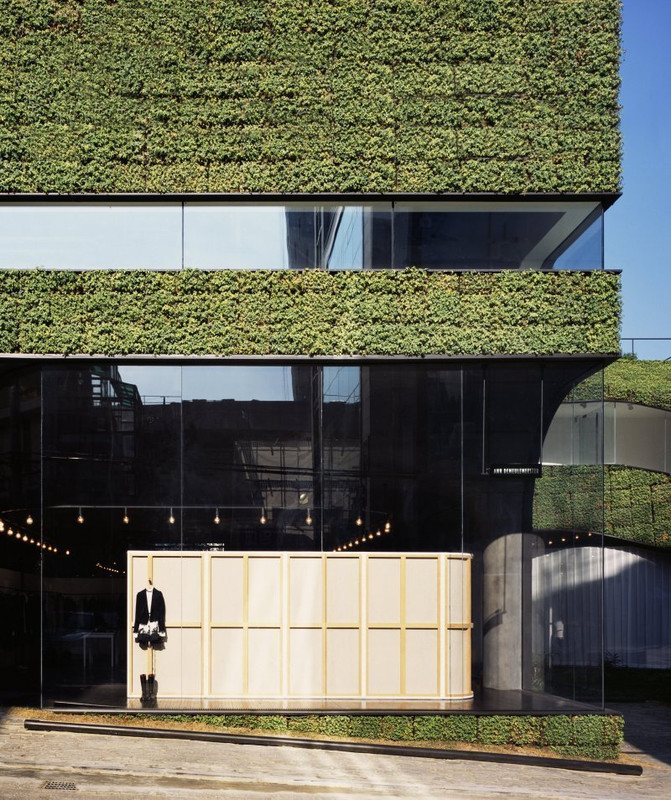




 Edited by beTon - 14-Nov-2024 at 22:49 |
||
 |
||
beTon 
Senior Member 
Joined: 25-Jun-2008 Online Status: Offline Posts: 3893 |
 Quote Quote  Reply
#26 Posted: 05-Feb-2009 at 20:59 Reply
#26 Posted: 05-Feb-2009 at 20:59 |
|

иако се далеку од муабетов претходно, вештачките бусенџии исто држат вода http://www.saltex.fi/index.php?side=2&language_id=2 https://www.facebook.com/Condor-GRASS-Macedonia-Saltex-615407665140675/  Edited by beTon - 14-Nov-2024 at 23:01 |
||
 |
||
lslcrew 
Senior Member 
Joined: 14-Jan-2008 Location: Skopje Online Status: Offline Posts: 10988 |
 Quote Quote  Reply
#27 Posted: 14-Feb-2009 at 12:58 Reply
#27 Posted: 14-Feb-2009 at 12:58 |
|
|
Еве најдов две слики што ги има постирано UrbanFreak оддамна. се работи за Бахаи центар во Израел.
  |
||
 |
||
beTon 
Senior Member 
Joined: 25-Jun-2008 Online Status: Offline Posts: 3893 |
 Quote Quote  Reply
#28 Posted: 14-Feb-2009 at 13:24 Reply
#28 Posted: 14-Feb-2009 at 13:24 |
|
|
освен оградата од скалите, сликиве се повеќе за пејсажна архитектура отколку за тука, со оглед дека повеќе го тангираат израелскиов парк.
|
||
 |
||
beTon 
Senior Member 
Joined: 25-Jun-2008 Online Status: Offline Posts: 3893 |
 Quote Quote  Reply
#29 Posted: 16-Feb-2009 at 12:00 Reply
#29 Posted: 16-Feb-2009 at 12:00 |
|

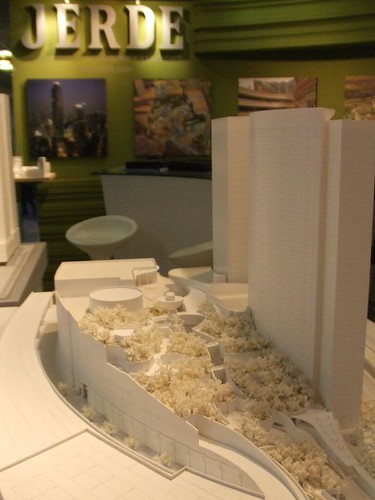
Aeril View 
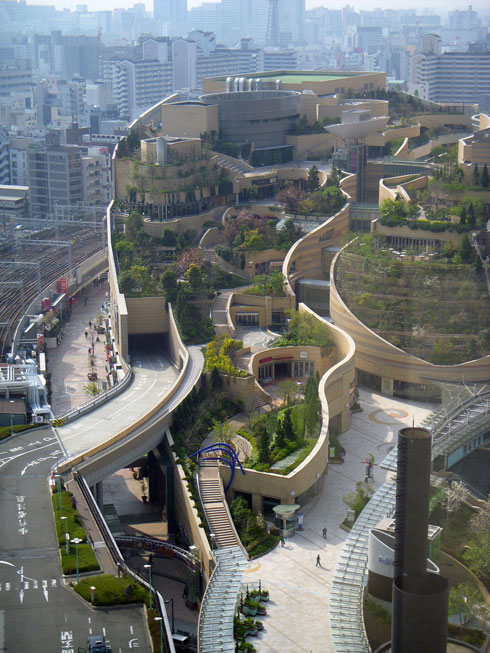
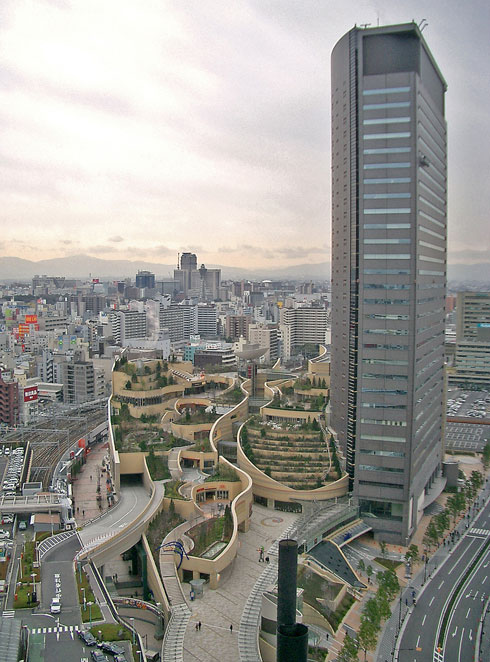
Canyon Street 

www.flickr.com/search/?s=int&w=all&q=Namba+Parks&m=tags Edited by beTon - 14-Nov-2024 at 23:17 |
||
 |
||
Max 
Senior Member 

Joined: 07-Jun-2009 Online Status: Offline Posts: 3686 |
 Quote Quote  Reply
#30 Posted: 29-Jun-2011 at 15:19 Reply
#30 Posted: 29-Jun-2011 at 15:19 |
|
|
предавањето од 15мин. натака
и јасно троа кошкање Landscape Urbanism vs New Urbanism: - http://www.boston.com/bostonglobe/ideas/articles/2011/01/30/green_building/?page=full - http://newurbannetwork.com/article/street-fight-landscape-urbanism-versus-new-urbanism-14855 - http://blog.biohabitats.com/2011/02/landscape-urbanism-vs-new-urbanism-who.html
Edited by Max - 21-Feb-2012 at 22:30 |
||
 |
||
Max 
Senior Member 

Joined: 07-Jun-2009 Online Status: Offline Posts: 3686 |
 Quote Quote  Reply
#31 Posted: 29-Jun-2011 at 20:17 Reply
#31 Posted: 29-Jun-2011 at 20:17 |
|
 |
||
Max 
Senior Member 

Joined: 07-Jun-2009 Online Status: Offline Posts: 3686 |
 Quote Quote  Reply
#32 Posted: 05-Jul-2011 at 18:14 Reply
#32 Posted: 05-Jul-2011 at 18:14 |
|
 |
||
Max 
Senior Member 

Joined: 07-Jun-2009 Online Status: Offline Posts: 3686 |
 Quote Quote  Reply
#33 Posted: 09-Jul-2011 at 16:21 Reply
#33 Posted: 09-Jul-2011 at 16:21 |
|
|
http://inhabitat.com/green-roof/ [1][2] http://www.metropolismag.com/story/20060911/green-roof-timeline [1][2]
http://en.wikipedia.org/wiki/Green_roof http://en.wikipedia.org/wiki/Cool_Roof#Types_of_cool_roofs
http://www.yourhome.gov.au/technical/fs513.html
http://www.zinco-greenroof.com/images/content/ZinCo_corporate_brochure.pdf [1] http://greenroof.com/greenroofsys.shtml http://permanentroof.com/green-roofs/ Edited by Max - 18-Jul-2011 at 09:54 |
||
 |
||
Max 
Senior Member 

Joined: 07-Jun-2009 Online Status: Offline Posts: 3686 |
 Quote Quote  Reply
#34 Posted: 13-Jul-2011 at 17:18 Reply
#34 Posted: 13-Jul-2011 at 17:18 |
|
|
http://www.archdaily.com/68115/fish-house-guz-architects/ тука малку претерале со настрешницава но ете имаат полза
... друга опција за пасивно ладење е водата со оглед дека има голем степен на способност за задржување на топлината, пример искористена во кровни базени, шише кровови-ѕидови или распрскувана по кровот... но за постоечки рамни кровови базен или езерце е сомнителна опција заради дополнителната тежина на водата [1] што е до температураната разлика еве тест пример
...
а еве и по луксузен пример од терасата на хилтон хотелот во патаја [4]
...
|
||
 |
||
Max 
Senior Member 

Joined: 07-Jun-2009 Online Status: Offline Posts: 3686 |
 Quote Quote  Reply
#35 Posted: 13-Jul-2011 at 18:24 Reply
#35 Posted: 13-Jul-2011 at 18:24 |
|
|
Bioclimatic Design зградата на imb во куала лумпур Menara Mesiniaga која покрај пејсажните опции има и повеќе енергетско ефикасни решенија [1][2]
|
||
 |
||
Max 
Senior Member 

Joined: 07-Jun-2009 Online Status: Offline Posts: 3686 |
 Quote Quote  Reply
#36 Posted: 17-Jul-2011 at 23:49 Reply
#36 Posted: 17-Jul-2011 at 23:49 |
|
 |
||
Max 
Senior Member 

Joined: 07-Jun-2009 Online Status: Offline Posts: 3686 |
 Quote Quote  Reply
#37 Posted: 18-Jul-2011 at 11:21 Reply
#37 Posted: 18-Jul-2011 at 11:21 |
|

Outskirts of Brussels - http://architecture4us.com/house/green-building-construction-by-samyn-and-partners/ - http://www.samynandpartners.be/v5 
Edited by Max - 17-Feb-2012 at 15:43 |
||
 |
||
Max 
Senior Member 

Joined: 07-Jun-2009 Online Status: Offline Posts: 3686 |
 Quote Quote  Reply
#38 Posted: 19-Jul-2011 at 19:26 Reply
#38 Posted: 19-Jul-2011 at 19:26 |
|
|
еве добро продолжение на постовите 7 и 8 од нишкава - http://www.livingwallart.com - http://www.ansgroupeurope.com - http://www.tigaeurope.co.uk/green-walls.htm - http://www.gardenbeet.com/vertical-garden.html
|
||
 |
||
Max 
Senior Member 

Joined: 07-Jun-2009 Online Status: Offline Posts: 3686 |
 Quote Quote  Reply
#39 Posted: 14-Oct-2011 at 22:00 Reply
#39 Posted: 14-Oct-2011 at 22:00 |
|
|
http://urbaform.posterous.com/wallflower-urban-garden-by-haldane-martin-kic
сличен пристап http://habitile.com/#/habitile/0 Edited by Max - 17-Feb-2012 at 11:48 |
||
 |
||
Max 
Senior Member 

Joined: 07-Jun-2009 Online Status: Offline Posts: 3686 |
 Quote Quote  Reply
#40 Posted: 18-Oct-2011 at 09:01 Reply
#40 Posted: 18-Oct-2011 at 09:01 |
|
|
http://www.build.mk/forum/forum_posts.asp?TID=481&PID=113785#113785 http://landscapeandurbanism.blogspot.com/2010/11/targeting-public.html http://www.julianraxworthy.org/Resource/Doctor/JR-UQ-Confirm-04.pdf ~
покрај камуфлирање камери по дрва и карпи (вештачки или природни) ете има и камуфлирани предаватели http://www.nextnature.net/2009/08/antenna-tree-mast-safari/ http://waynesword.palomar.edu/faketree.htm http://www.preservedpalm.net/eng/gsm.shtml Edited by Max - 19-Oct-2015 at 02:09 |
||
 |
||
Post Reply 
|
Page <1234 8> |
| Forum Jump | Forum Permissions  You cannot post new topics in this forum You cannot reply to topics in this forum You cannot delete your posts in this forum You cannot edit your posts in this forum You cannot create polls in this forum You cannot vote in polls in this forum |